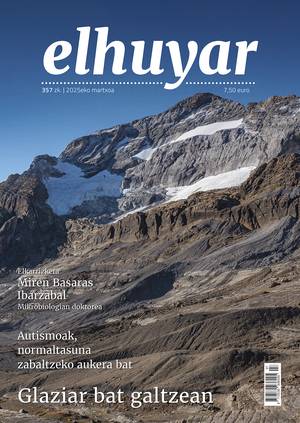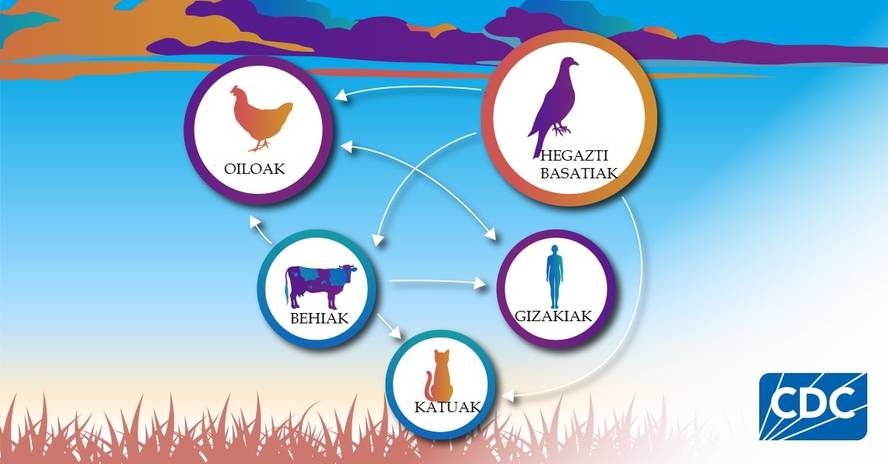More and more mammals detect avian influenza virus H5N1
The Department of Agriculture EE.UU. confirmed that the H5N1 virus is spreading further and further into mammals. In one of the latest communications, for example, it announced that 66 mice tested positive about a cowboy.
The contamination chain has not yet been clarified by the researchers. Cow's milk is known to contain a significant amount of virus, so among the most important preventive measures implemented by CDC are pasteurization of milk (to prevent human contamination) and disinfection of milking material (to avoid dispersion). They don't know if mice have been contaminated with cow's milk or birds.
And it's not the only vacuum, as The Lancet has denounced in its editorial. The title of the editorial is as follows: “H5N1: international mistakes and uncomfortable truths.” He says that if we asked an infectious disease expert we should start to worry about influenza A H5N1, he will surely answer that we should always worry about the flu. In fact, experts have been warning of the danger of a flu pandemic for years.
Although the H5N1 virus has not been considered particularly dangerous for people, the editorial recalls that since its identification (1996) it has infected more than 800 people and that the mortality rate has been higher than 50%. Since 2020, it has been endemic to bird populations, resulting in an unprecedented animal pandemic affecting at least 26 species of mammals.
In the spring of 2024 there has been a large outbreak in U.S. cowboys. The Government Department, dealing with animal and human diseases, has put in place a number of measures to address this situation. The Lancet believes, however, that a stronger international response is essential. Considers it urgent, inter alia, to improve testing, surveillance and reporting of infected animals and food; to introduce animals; to share transparent information; to develop and store human vaccines; and to promote protection measures among farmers.
It also recalls that on 1 June the 77 WHO Conference ended and that no agreement has been reached on prevention and response to pandemics. However, the process has not yet been completed, they are still hoping to reach a consensus by May 2025. Until then, the editorial considers that the lack of meaningful and effective agreements limits the ability to adequately respond to international threats to health, such as H5N1.
And another uncomfortable truth raised by The Lancet is that the spread of zoonoses in human populations is ultimately derived from our ways of life and from our interaction between humans and animals. Finally, it emphasizes the need to prioritize the Single Health Strategy.






